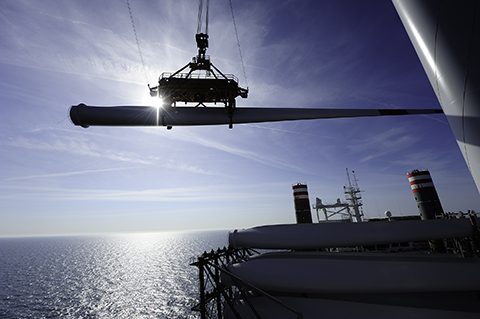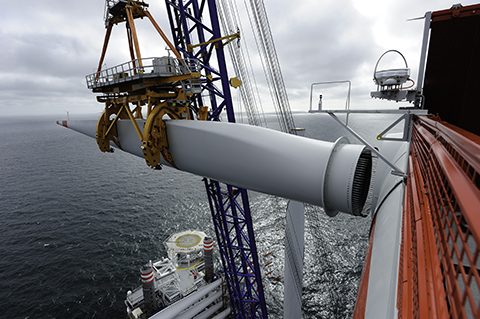
By Jens Frederik Hansen, CEO, A2SEA
Earlier this year, nine North Sea region countries signed an agreement aimed at building a more sustainable, secure and affordable energy supply through a much more ambitious level of cooperation. It appears there may be billions to be saved (according to European Commission studies) if we work together – and I’m certainly all for the idea. But what will the reality be? Can politicians, investors and the industry itself really deliver this potential upside by building electricity links, allowing more trading of energy and further integration of energy markets?


